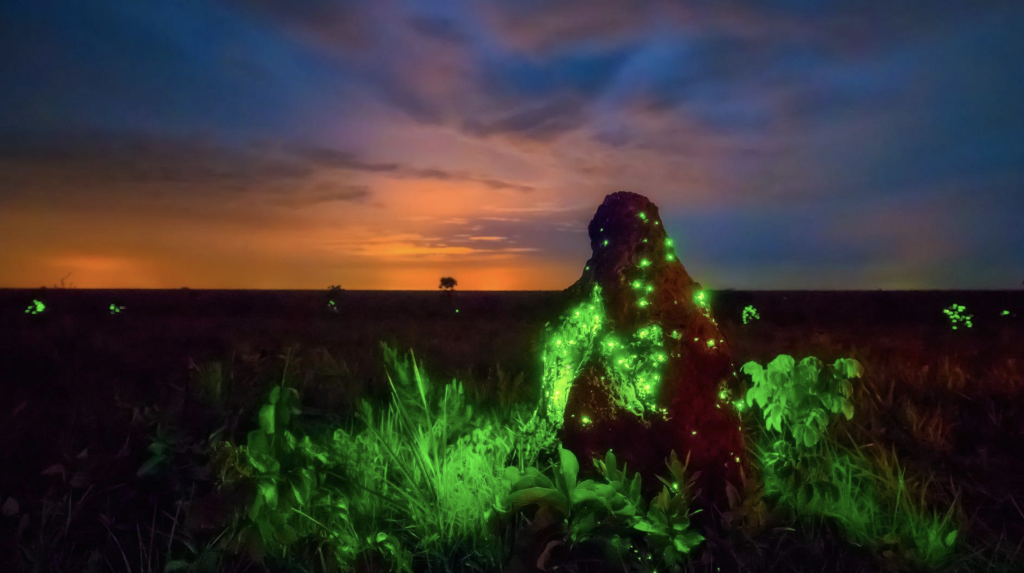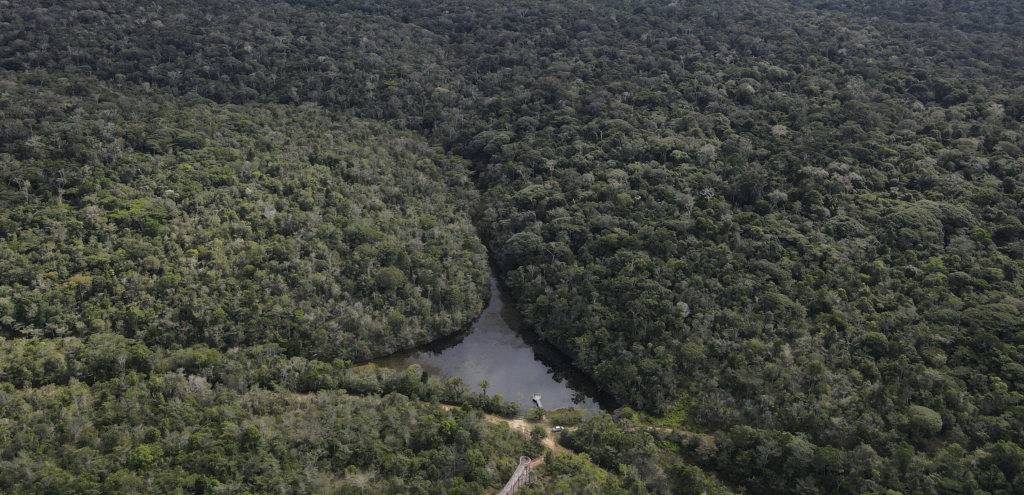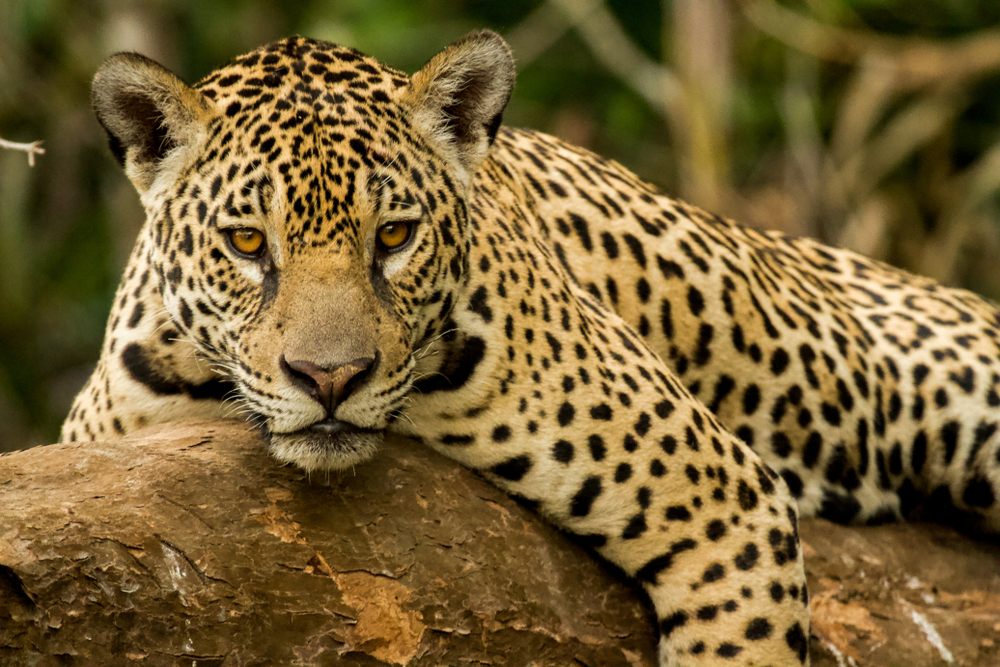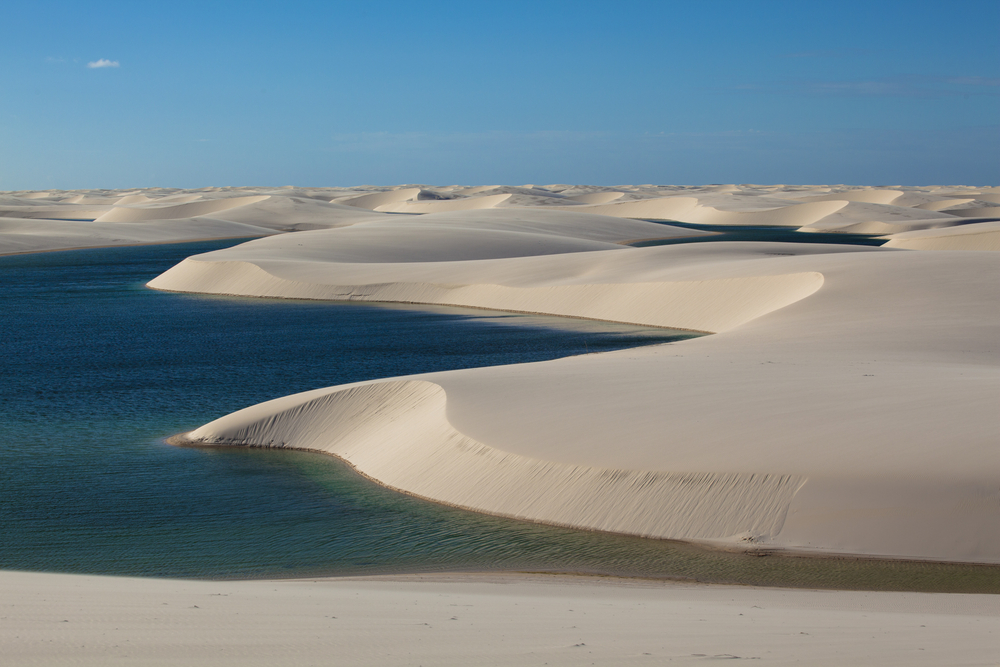Nascentes do Lago Jari Overview
Nascentes do Lago Jari National Park, or Parque Nacional Nascentes do Lago Jari in Portuguese, is a vast protected area located in the western part of Brazil in the state of Amazonas. The park spans approximately 2,495 square miles, equivalent to 6,460 square kilometers.
It lies within the Brazilian Amazon and forms a crucial part of the broader Amazon rainforest ecosystem. Its name translates to “Headwaters of Lake Jari,” a reference to the Jari River, which originates within the park’s borders and plays a central role in the region’s hydrology. This area is relatively remote and difficult to access, which has helped maintain its pristine character and allowed its ecological systems to thrive with minimal disturbance.
The terrain of Nascentes do Lago Jari National Park is predominantly composed of dense tropical rainforest with a mix of lowland and upland areas, providing a variety of microhabitats. The landscape features a mosaic of terra firme forest, which does not flood, and várzea forest, which is seasonally flooded.
Numerous streams, oxbow lakes, and swamps are scattered throughout the park, creating a complex and dynamic hydrological environment. Among its most striking features are the headwaters of the Jari River and its surrounding wetlands, which support an immense array of biodiversity.
The vegetation is typical of the Amazon, with tall emergent trees forming the canopy, a dense understory of shrubs and lianas, and occasional open clearings. Tree species such as Brazil nut, rubber tree, and various species of palms are abundant, contributing to both ecological function and cultural value.
Wildlife in Nascentes do Lago Jari National Park is incredibly diverse and includes several iconic Amazonian species. Mammals such as the jaguar, puma, giant anteater, Brazilian tapir, and howler monkey are present, thriving in the relative seclusion of the forest.
Aquatic species like the Amazon river dolphin can be found in the park’s rivers and lakes. The park is also an important area for birdlife, hosting vibrant species such as the harpy eagle, scarlet macaw, toucans, and the hoatzin. This range of fauna highlights the park’s critical role in regional and global biodiversity conservation.
One of the most notable features of the park is its largely undisturbed nature. Unlike many parks that attract high numbers of tourists, Nascentes do Lago Jari is more suited to scientific exploration and ecotourism focused on conservation education and research.
Visitors who do reach the area often engage in guided wildlife observation, birdwatching, river excursions, and forest trekking. These activities allow a deeper connection with the natural environment while promoting minimal ecological impact.
The park faces challenges common to Amazonian protected areas, such as illegal logging, mining pressures, and the potential expansion of agricultural frontiers. However, its remote location and strong federal protection status have helped reduce direct human threats.
Management efforts have included satellite monitoring and partnerships with local and indigenous communities to promote sustainable practices. These efforts contribute to long-term conservation success, helping to maintain the ecological integrity of this key Amazonian refuge.



















































































